Description
Clay plaster is a clay plaster used for leveling and filling substrates and to increase a layer of plaster. In addition, clay-based plaster can be used for finishing, if desired, which is characterized by a coarse surface structure and a beautiful dark red tone.
Clay-based plaster is suitable for interior use.
The dark red tone of UKU clay plaster comes from the best clay in Europe, which comes from Latvia. In our mix we use various sands and hemp bolts, which are produced from the stems of the hemp plant, as a fibrous additive. Hemp fibers perfectly bind moisture and add extra strength to the mix.
The quality of the UKU clay-based plaster is guaranteed by the German quality standard (DIN 18947: 2013) and therefore qualifies in the highest resistance class S II. Clay plaster is a natural recyclable material that we produce with solar energy.
Clay-based plaster has very good adhesion and surface resistance, and it is possible to design curved corners and different shapes. Clay plaster is suitable for plastering many different substrates in dry interior conditions.
Substrate
The substrate must be uniform, dry, absorbent and free of dust, paints and lubricants (oils, greases, etc.). Substrates must be moistened beforehand to improve adhesion and to protect the plaster from drying too quickly. Absorbent, substrates must be wetted to saturation (water sprayed on the substrate will remain on the surface for at least 5 seconds before being absorbed). For smooth concrete, drywall and other smooth surfaces with poor adhesion, we recommend using a quartz adhesive primer beforehand to improve adhesion. When plastering wooden surfaces (logs, planks, chipboard with a smooth face, plywood, etc.), we recommend using a thin layer. Reed mat or reed board, wood fiber, cork board or other natural insulating material for insulation.
Conditions
The temperature of the substrate and the ambient air must be higher than 5 °C. Clay plaster dries by evaporation of water. The room must be properly ventilated to dry plastered surfaces during hot weather. During plaster drying, it is recommended to use fans, blowers and dehumidifiers for ideal drying. Excessive extension and excessive humidity can lead to the formation of molds on the surface of the plaster, which is not dangerous to health. Once the surface is dry, the mold must be wiped off the surface.
Preparation
Add 5-6 liters of clean water to a 25 kg bag and mix well for 5-10 minutes to make the mixture a porous, uniform mass. Preparing the mixture a day before plastering is best, at least 30 minutes before use. After it has set, mix the plaster mix well again.
Application
Clean and moisten the substrates. Apply the first layer with a thickness of 5-10 mm. Allow the plaster to harden and level the surface with a float. The first coat must be completely dry before applying the second coat. Just before applying the next one layer, it is advisable to wet the surface so that the layers adhere better. Apply a second layer of 5-10 mm thickness. When reinforcing, a reinforcing mesh must be installed on top of the second layer, smoothed on the plaster surface with a trowel and rubbed even with a float. We recommend using jute mesh or fiberglass mesh of at least 7x7mm for reinforcement, which should be installed with an overlap of 7-10 cm. After the plaster has hardened, but is still wet, even the surface with a float.
Finishing
For finishing we recommend using UKU clay finishing plaster or decorative clay plasters. Before you finish, brush off the sand with a stiff brush. If you want to expose the base plaster, we recommend priming the surface with Savivukumaja Finishing Primer. If you want to highlight the grain of the plaster, use a damp sponge in the final stage of finishing.
Maintenance
On-site repairs can be made for any surface damage. For this it is recommended to keep the same batch of stored powder. For a chip or blemish, dissolve a small amount of the mixture in a jar and dab the area with a fine brush. Dirty
the plaster can be cleaned dry or re-covered with the same finishing material. Clay plaster is antistatic and does not collect dust. Oils and liquids are absorbed by the clay plaster.
Consumption
Depending on the uniformity of the substrate 7-17 kg/m² at a layer thickness of 4-10 mm.
Safety
Avoid inhalation of dust and contact with eyes. In case of contact with eyes, rinse immediately with saline solution.
Preservation
In dry conditions, clay plaster keeps forever. A bag that has moisture or water and has solidified can be reused by proper mixing. The date of manufacture for batch identification is noted on the packaging. There may be slight color differences between batches.

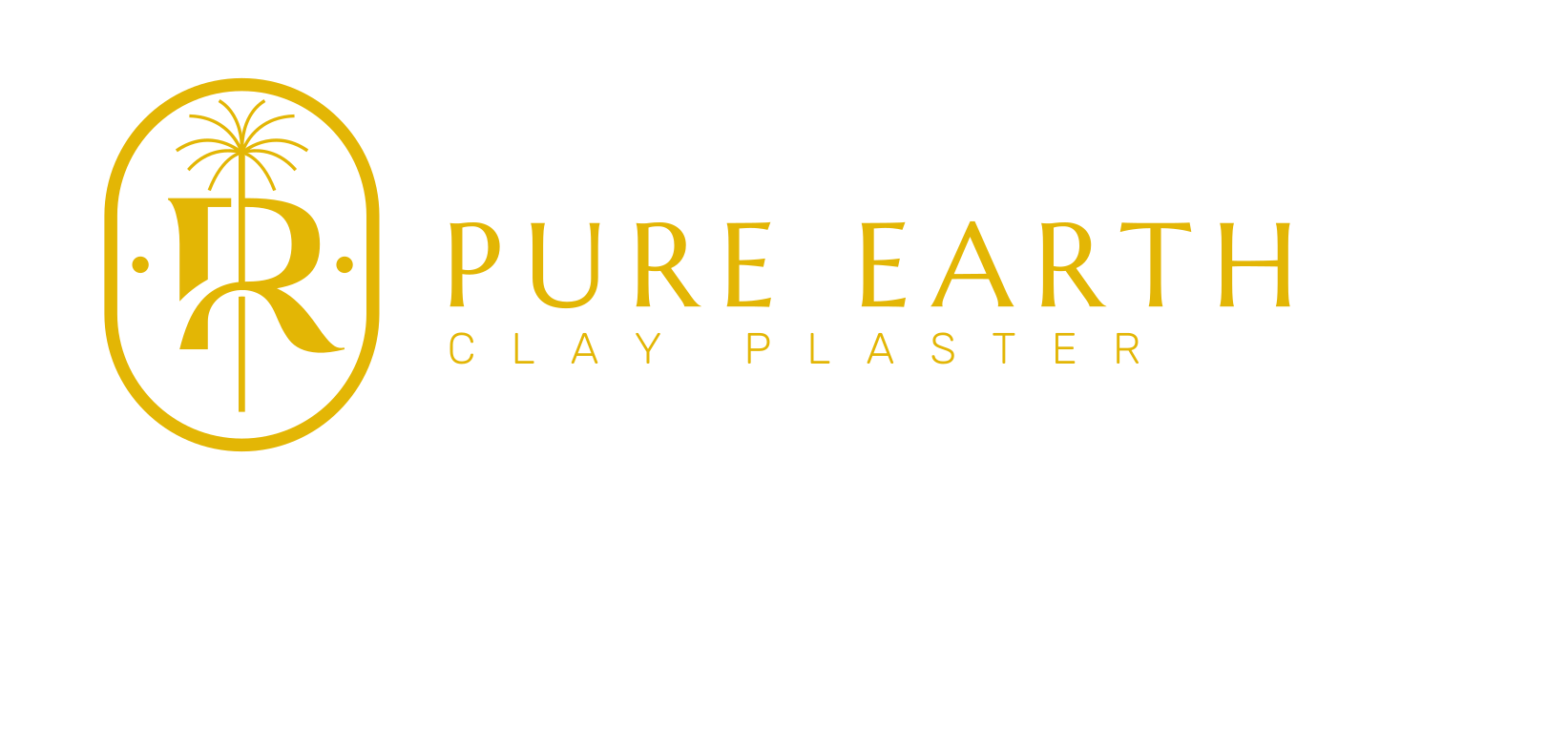
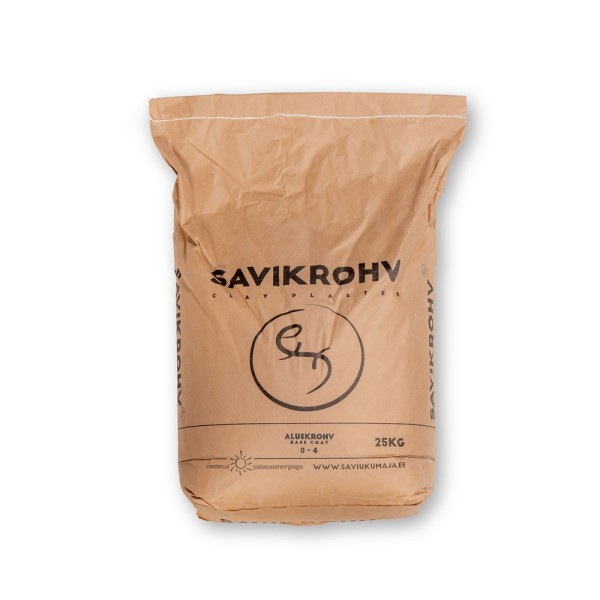
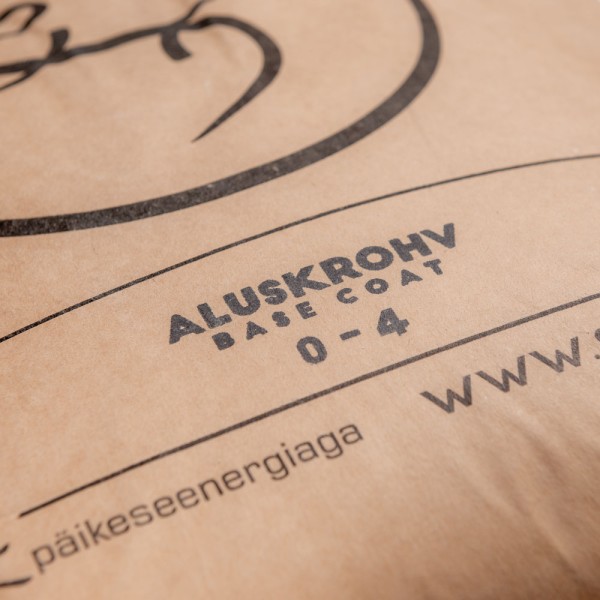
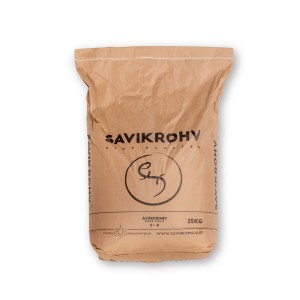
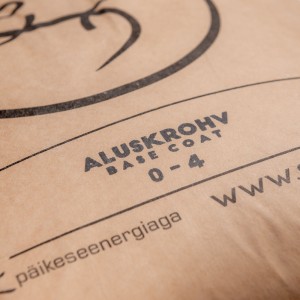
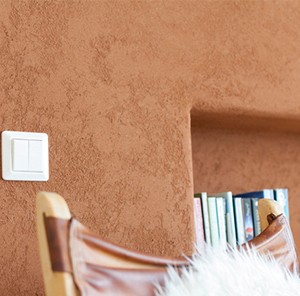
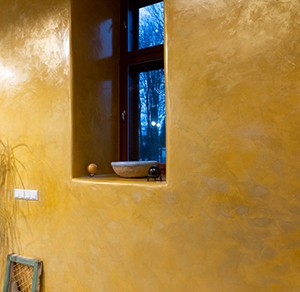
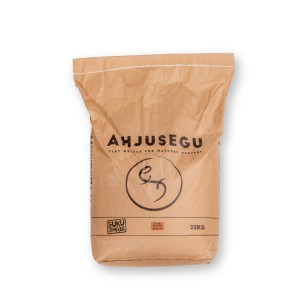
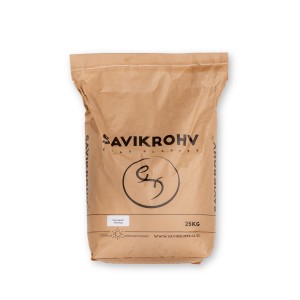




Reviews
There are no reviews yet.